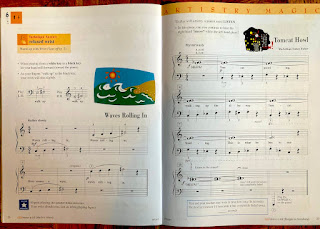💡Aha Moments - What is talent?
“Talent is a pursued interest. Anything that you're willing to practice, you can do.” - Bob Ross
Lately, I've been thinking about what is talent? I've heard from family members, teachers, and peers that I'm talented at the piano. Sometimes this is followed by a self-deprecating comment; that they could never play like me.From Merriam-Webster's Dictionary:
tal·ent | \ ˈta-lənt \
1a: a special often athletic, creative, or artistic aptitude
aptitude noun
ap·ti·tude | \ ˈap-tə-ˌtüd , -ˌtyüd \
b: a natural ability : TALENT
This is what people mean when they say that one is talented. However, did I have a natural ability at the piano? Did I sit down at age 5 and immediately play the complete Chopin Nocturnes with my raw talent?






















